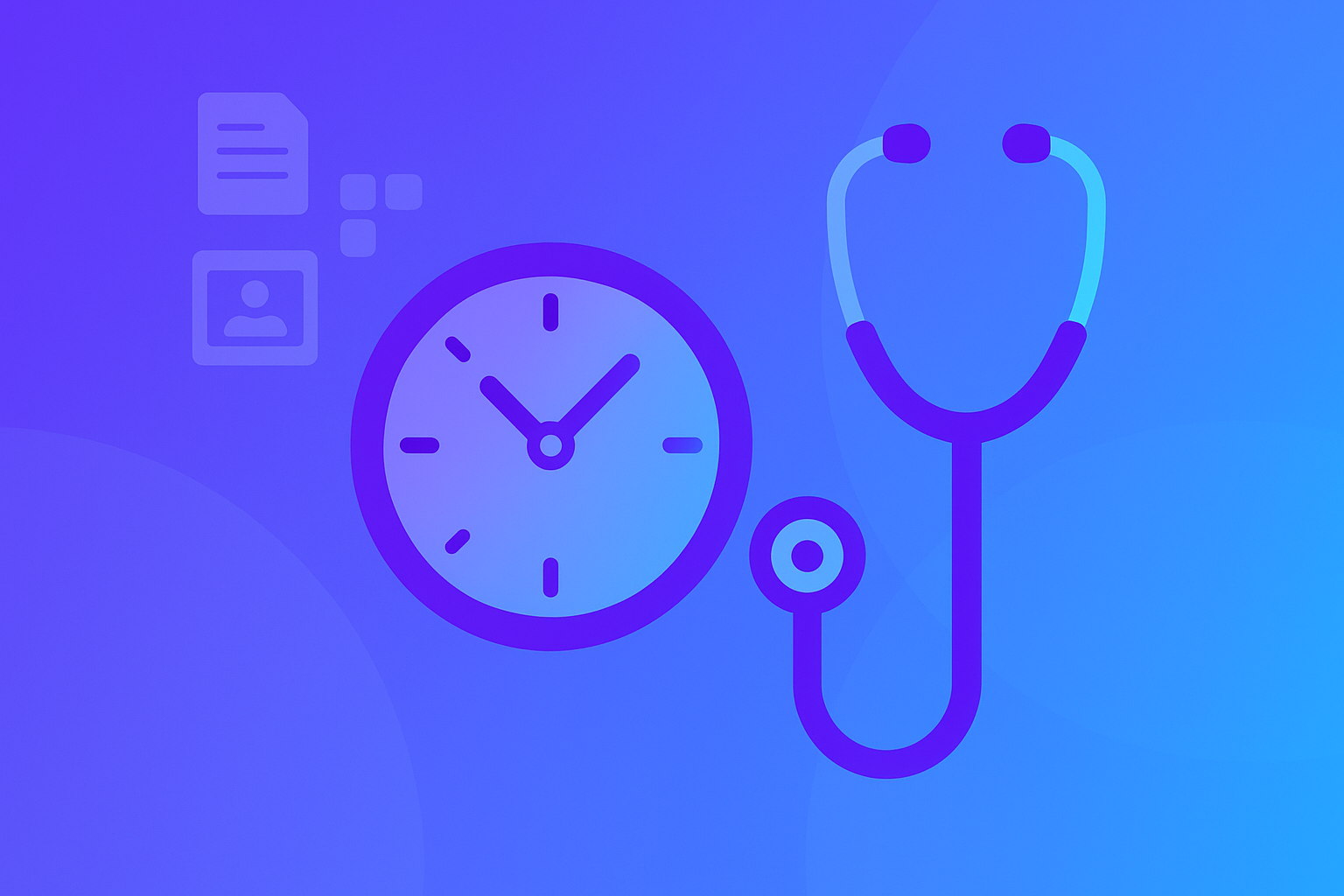Will AI Replace Doctors? How To Escape the AI Ax

Sorry, there were no results found for “”
Sorry, there were no results found for “”
Sorry, there were no results found for “”
AI in medicine isn’t just coming, it’s already here. Algorithms quietly shape patient care, dictate diagnoses, and guide critical decisions.
Doctors’ roles are evolving rapidly, maybe faster than they can adapt. If machines take charge, what’s left for human physicians?
The answer might unsettle even the most confident professional.
AI is changing how doctors practice medicine, not removing them from healthcare altogether. It handles repetitive tasks and allows physicians to spend more time on diagnosis, treatment decisions, and patient interactions that require nuanced judgment and empathy.
Algorithms already manage chart documentation, billing codes, and initial imaging analysis efficiently. However, they cannot replace a doctor’s ability to notice subtle symptoms during a bedside conversation or guide anxious families through difficult medical decisions.
A 2024 American Medical Association survey found that 66 percent of doctors use AI tools, mostly for administrative support and diagnostic assistance rather than independent medical decisions.
Here’s where AI currently helps, and why doctors remain irreplaceable.
AI-driven transcription and coding tools cut physicians’ documentation time by more than 50 percent, freeing clinicians to focus on direct patient interaction instead of keyboard drudgery.
Advocate Health deployed natural language processing across its network in 2025, automating prior authorizations, referrals, and billing workflows while slashing the clerical burden that drives burnout.
That efficiency gain ripples through staffing models because hospitals can now redirect nurse and physician hours toward bedside care, complex case reviews, and quality improvement projects that software cannot handle.
The next section explores broader trends accelerating this shift.
Three trends will redefine how healthcare teams operate, each driven by advances in machine learning and generative models.
The FDA has cleared three algorithms that detect diabetic retinopathy from eye photos without specialist interpretation, enabling pharmacies and primary clinics to screen patients during routine visits.
This matters because early detection prevents blindness in high-risk populations who lack access to ophthalmologists, effectively multiplying the reach of limited specialists.
Hospitals deploy AI assistants that listen during patient visits, transcribe conversations in real time, populate electronic health records, and highlight action items for the doctor before the encounter ends.
Physicians shift from data entry clerks to decision architects, verifying machine-generated summaries and directing care rather than typing every note.
Emergency departments use algorithms that scan vital signs, lab results, and complaint keywords to rank which patients need immediate attention, boosting radiologist productivity by 27 percent for plain films and 98 percent for CT scans in pilot studies.
Clinicians focus their expertise where it matters most while machines handle sorting and flagging.
These shifts point toward a model where AI handles routine pattern recognition and doctors concentrate on nuanced judgment, setting the stage for the skill evolution discussed next.
Medicine remains an excellent career, with demand rising despite significant automation reshaping tasks rather than replacing jobs outright.
The Association of American Medical Colleges predicts a shortage of up to 124,000 physicians by 2034, underscoring ample opportunities for both newcomers entering training and experienced clinicians poised for leadership roles.
Chronic illnesses surge, rural communities lack healthcare access, and widespread burnout accelerates physician retirements, collectively driving sustained demand for qualified medical professionals.
Median physician salaries remain strong around $230,000 annually, with specialists in high-demand procedural fields frequently exceeding $400,000 and quicker advancement paths emerging due to leadership shortages.
Hospitalist medicine commanding inpatient care; geriatrics addressing aging populations; telemedicine expanding remote healthcare access represent premium-paying, future-ready niches.
Technology alone won’t keep you competitive now that everyone uses similar software. Clinical judgment and versatile skills remain essential since AI still struggles with complex cases or unexpected scenarios.
Essential Clinical Skills:
These foundational skills support additional abilities that enhance your effectiveness:
Complementary Skills and Their Advantages:
Building these skills positions you as a leader in healthcare’s transformation rather than a passive observer.
Skills to Phase Out:
Focusing on relevant skills ensures you remain invaluable, combining human judgment with AI’s efficiency to maintain your career’s relevance and impact.
Healthcare organizations now implement AI at over twice the rate of other industries, rising from roughly three percent adoption in 2023 to 22 percent by mid-2025. That acceleration demands immediate skill-building rather than passive observation.
Practical Next Steps
Taking these steps now positions you as a leader when your institution scales AI deployment next quarter. The final section recaps why partnership beats resistance.
Still wondering how AI will affect your daily practice or long-term career security? These answers address the most common concerns.
Patients still prefer human doctors for serious diagnoses and sensitive conversations, even when AI delivers faster results. Early studies show people want algorithms to assist their physician rather than replace the relationship, so transparency about AI use actually builds trust when you explain how machines help you avoid errors.
Documentation, billing, and preliminary image reads already run on AI in major health systems as of 2025. Expect 15 percent of current clinical work hours to shift to machines by 2030, but this frees time for complex cases rather than reducing jobs, given severe workforce shortages.
Data literacy tops the list because you must interpret algorithm outputs and recognize when predictions fail. Follow with workflow design so you can optimize team collaboration around new tools, then add change leadership to guide peers through adoption.
© 2025 ClickUp